A Visual History of the City
New York City Rare Photos are historical, uncommon, or hard-to-find photographic images that document New York City’s people, built environment, events, and culture across time.
New York City Rare Photos are historical, uncommon, or hard-to-find photographic images that document New York City’s people, built environment, events, and culture across time.
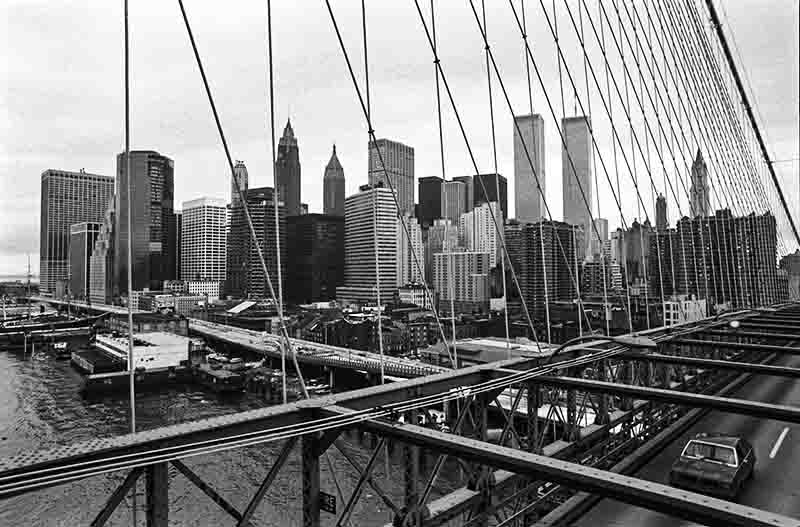
Rare photos of New York City are not just old pictures. They are detailed records that show how the city grew, how communities lived, and how art and documentation came together.
Rare photos of New York City include unique vintage prints, archival negatives, found slides, artist editions, and street images whose provenance, rarity, or subject matter gives them added historical, cultural, or market value.
They preserve the city’s people, streets, and buildings during key moments of history.
From Jacob Riis’s photographs of tenements in the 1890s to candid images of Andy Warhol in the 1980s, these photos serve as both art and evidence of how the city has changed.
The Museum of the City of New York preserves more than 400,000 prints and negatives, while the New York Public Library houses about 500,000 photographs in its Wallach Division.
These two institutions, along with The Met and the NYC Municipal Archives, create an unmatched resource for historians, photographers, photography aficionados, collectors, and residents.
Exhibitions at the Met Photographs Department and at MoMA help bring rare New York pictures to a wider audiences, set curatorial standards, and influence what photography collectors seek.
In November 2022, Edward Steichen’s The Flatiron, captured in 1904, sold at Christie’s for $11.8 million.
New York pictures capture moments of immense change, showcasing the city's architectural evolution, cultural shifts, and the resilience of its people.
Several institutions hold the most important collections of New York City rare photos.
Museum of the City of New York (MCNY): Home to more than 400,000 photographs, including Jacob Riis’s tenement work and Berenice Abbott’s Changing New York. MCNY also holds Danny Lyon’s Destruction of Lower Manhattan, documenting demolition in the 1960s.
New York Public Library (NYPL): Offers more than a million digitized items. The Schomburg Center, part of NYPL, contains one of the strongest collections of photographs of Black life in Harlem and beyond.
Metropolitan Museum of Art (The Met): Collects photography as fine art, with archives of Walker Evans, Diane Arbus, and James Van Der Zee.
NYC Landmarks Preservation Commission: Maintains a searchable photo archive of designated landmarks and districts spanning over five decades.
NYC Municipal Archives: Preserves government photographs, including images of bridges, subways, and civic projects.
Preserved in archives, museums, public Libraries, and private collections, rare photos of New York are more than historic records, they are stories of resilience, ambition, and community written in light and shadow.
Daguerreotypes Arrive in New York (1840s): The city quickly became a hub for daguerreotype studios, with Broadway lined with portrait studios by the mid-19th century.
Growth of Commercial Photography Studios (1850s–1860s): Photographers like Mathew Brady and Jeremiah Gurney established New York as a center for both portrait and documentary photography.
The New-York Historical Society Begins Collecting (1850s): One of the first institutions to systematically preserve photographs of the city’s people, streets, and historic events.
Rise of Tenement Photography (1880s–1890s): Jacob Riis and other social reformers used flash photography to expose overcrowded housing, marking one of the earliest uses of photography for activism.
Founding of the Museum of the City of New York (1923): The museum built one of the most important collections of urban photography, today holding more than 400,000 prints and negatives.
Federal Art Project Photography (1930s): During the Great Depression, photographers such as Berenice Abbott documented New York through government-sponsored projects, creating enduring urban records.
Establishment of The Museum of Modern Art Photography Department (1940): MoMA was one of the first major art institutions in the world to recognize photography as fine art, influencing how New York photographs were curated and exhibited.
New York Public Library Digital Expansion (1990s): The NYPL began large-scale digitization, making hundreds of thousands of rare New York photos publicly available online for the first time.
The Metropolitan Museum of Art Photography Department (1992): The Met formalized its commitment to photography, acquiring major archives including those of Walker Evans and Diane Arbus.
The Rise of Street Photography Exhibitions (1960s–1980s): New York galleries and museums began showcasing street photography as a legitimate art form, featuring figures like Garry Winogrand and Helen Levitt.
James Van Der Zee Retrospectives (1969 & 1970s): Exhibitions of Van Der Zee’s Harlem Renaissance portraits revived interest in his work and highlighted African American contributions to New York photography.
Digitization and Online Archives of the 21st Century: Projects by MCNY, NYPL, and the Landmarks Preservation Commission now provide global access to rare New York photographs, though this expansion raises new questions of authenticity in the era of AI-generated images.
Rare photographs of New York City are more than simple snapshots. They are windows into a metropolis that has transformed over time.

In a city as extensively photographed as New York, finding a unique angle is the ultimate challenge for a photographer. It's about finding the hidden story within the known.
The history of New York City rare photos stretches from the late 19th century to the digital era, offering a vivid record of the city’s transformation.
Today, major archives such as the Museum of the City of New York, the NYPL, and The Met preserve these collections, while digitization makes them globally accessible.
At the same time, the rise of AI forgeries presents new challenges in ensuring authenticity.
| Year | Milestone |
|---|---|
| 1888–1892 | Jacob Riis photographed Lower East Side tenements using early flash photography. |
| 1904 | Edward Steichen created The Flatiron photograph. |
| 1920s–1930s | James Van Der Zee, Studio portraits of Harlem residents during the Harlem Renaissance. |
| 1930–1931 | "Lunch Atop a Skyscraper," which depicts construction workers eating on a steel beam high in the air, was taken during the construction of the RCA Building at Rockefeller Center. The photographer of the famous photo is unknown, though it is attributed to Charles C. Ebbets, with Thomas Kelley and William Leftwich also being present at the time. |
| 1935–1938 | Berenice Abbott, systematic documentation of NYC’s transformation under the Federal Art Project. |
| 1938–1941 | Walker Evans used a hidden camera to capture unposed commuters, now considered classic documentary photography. |
| 1966–1967 | Danny Lyon recorded demolition of 19th-century neighborhoods to make way for the World Trade Center. |
| 1960s | Garry Winogrand's candid style reflected the raw energy of the city. |
| 1970s–1980s | Jamel Shabazz, Portraits of Brooklyn youth and hip-hop culture. |
| 1982 | Peter Bock-Schroeder captured Andy Warhol candidly in a phone booth during a walk through New York. |
| 1990s–2000s | Libraries and museums digitize collections for public access. |
| 2022 | Steichen’s The Flatiron sells for $11.8M (2022). Archives warn of AI-generated fake historical photos. |
NYC photos show how the city has grown, changed, and lived over the last 150 years.
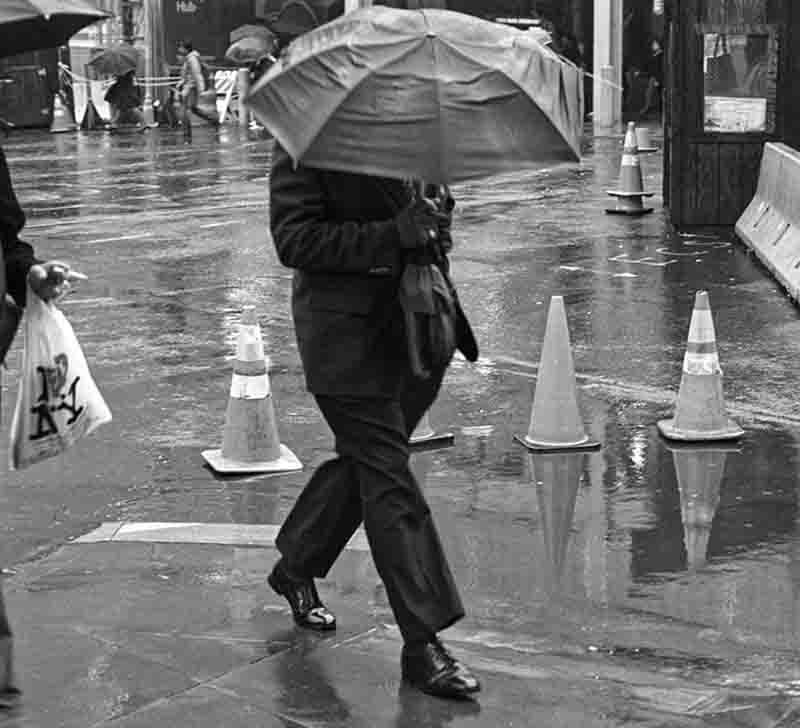
New York City rare photos are more than archival records. They are evidence of social struggle, artistic ambition, and cultural shifts.
The story of New York City has long been told in words, but its rare photographs offer a more immediate and often startling record.
These images, whether tucked in institutional archives, discovered in private collections, or rescued from obscurity, reveal how the city looked, moved, and felt in eras that otherwise survive only in memory.
At the Museum of the City of New York, more than 400,000 prints and negatives trace the metropolis from the mid-19th century to today.
Jacob Riis’s stark photographs of Lower East Side tenements, first published in 1890, documented poverty with unflinching clarity and pushed the city toward reform.
A half-century later, Berenice Abbott’s “Changing New York” series captured skyscrapers rising above still-shadowed blocks, a study of ambition pressed into glass and steel.
These images remain among the city’s most studied and displayed, yet they were created as much for civic purpose as for art
Other collections sharpen different aspects of the city’s portrait.
The New York Public Library, through its vast digital archive, offers millions of images for public use.
Its Schomburg Center preserves photographs of Black New Yorkers from the Harlem Renaissance to the civil rights era, with James Van Der Zee’s dignified studio portraits standing in contrast to the documentary grit of street photographers.
Meanwhile, the city’s Landmarks Preservation Commission has assembled a visual record of buildings and districts over the last half-century, showing how architecture has endured, or vanished, in the face of relentless redevelopment.
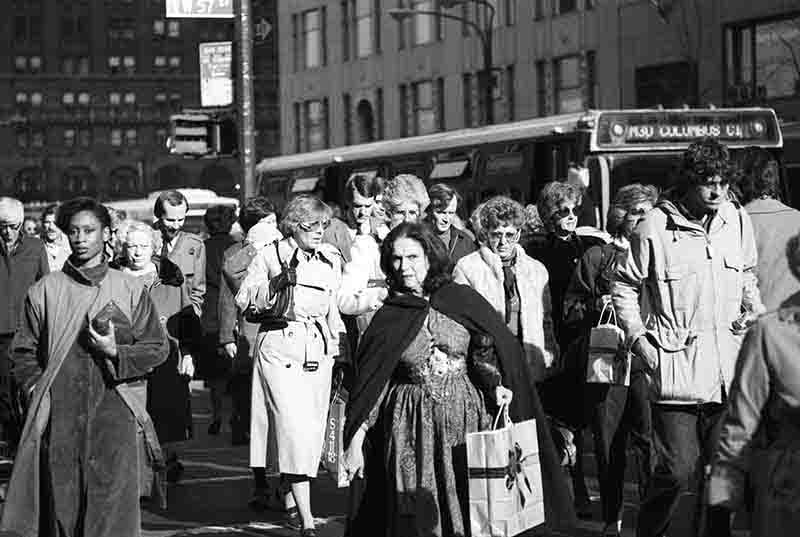
These images, whether rare vintage prints or contemporary works, collectively form a visual history of a city defined by its constant motion and diverse inhabitants.
The images also chart cultural and personal lives beyond the skyline.
Danny Lyon’s late-1960s series on the demolition of Lower Manhattan lingers on the loss of 19th-century blocks razed for the World Trade Center.
Garry Winogrand roamed the streets during the same decade, his camera catching fleeting gestures of daily life.
A generation later, Jamel Shabazz photographed young New Yorkers of the 1980s, their style and posture reflecting the rise of hip-hop culture.
For historians, these works are records of identity; for many New Yorkers, they are personal history in visual form.
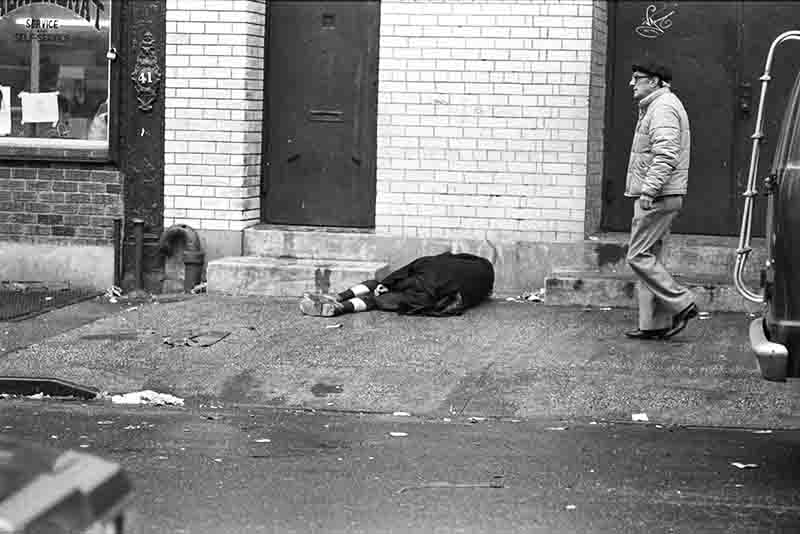
New York City rare photos are more than archival records. They are evidence of social struggle, artistic ambition, and cultural shifts.
Not all rare photographs come from recognized masters.
Anonymous slides discovered in discarded boxes have surfaced online, offering color glimpses of Manhattan streets in the 1950s.
Their value lies less in authorship than in their ability to transport viewers to a vanished era, where neon signs glowed over elevated trains and children played on stoops now long gone.
The market for rare photographs has also grown in tandem with scholarly interest.
One of the most striking examples came in November 2022, when Edward Steichen’s 1904 photograph The Flatiron sold for $11.8 million at Christie’s in New York.
The sale established the work as the second most expensive photograph ever sold, underscoring how analog prints, once dismissed as documentary ephemera, are now regarded as masterpieces of visual art.
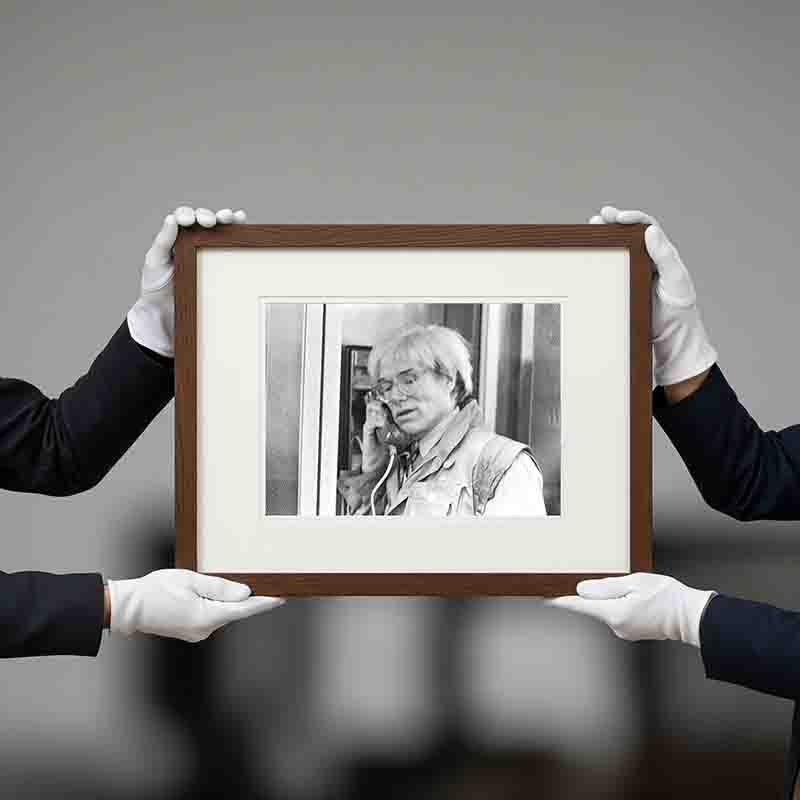
Andy Warhol in a New York City phone booth in 1982 by Peter Bock-Schroeder (1913-2001) is notable for humanizing the pop art icon, capturing him in a mundane, everyday setting rather than his usual curated public persona.
The 1980s brought a different kind of rarity: raw, street-level views of a city still on the edge.
In 1982, German photojournalist Peter Bock-Schroeder walked the avenues with his Leica, capturing moments that would become emblematic of the period’s grit and energy.
Among them was a chance encounter that has since acquired near-mythic status: spotting a figure in a public phone booth, he took a quick photograph, only to realize later that he had captured Andy Warhol mid-conversation.
The image, now archived through Collection Bock-Schroeder, preserves a fleeting slice of the city’s cultural fabric at a time when downtown art, music, and street life intersected in unpredictable ways.
In the digital era, the challenge has shifted.
Archives are racing to digitize fragile prints, ensuring public access while confronting the growing threat of manipulated or artificially generated images.
Scholars warn that the same technology used to restore and share historic photographs can also create convincing forgeries, requiring sharper tools of verification and a more visually literate public.
Together, these photographs create more than a gallery of images.
They form an evolving record of a city in constant flux, one that cannot be captured by statistics or official documents alone.
For residents, scholars, collectors, and casual viewers alike, the images offer a reminder: New York is never just a place to live, it is a place to be seen, remembered, and reinterpreted through the lens of each generation.
Whether viewed in a museum, a library, or online, they are essential for anyone who wants to understand how the city has looked and lived through time.
New York City photos are valuable for both cultural and financial reasons.
Auction houses such as Christie’s and Sotheby’s have set record prices, with Steichen’s The Flatiron leading recent sales.
Collectors prize original prints, while institutions focus on preserving historical context.
From Riis’s flash-lit tenements to Bock-Schroeder’s candid shot of Andy Warhol, each image holds a moment that reflects the city’s history.
Making them essential for anyone who wants to see how New York has looked, lived, and changed through time.
Collectors and researchers must confirm if a photo is authentic. Use this checklist:
Where has the photo been stored or sold? Confirm provenance.
Look for edition stamps, numbering, or signatures.
Inspect the paper type and photographic process.
Review metadata and compare against museum catalogues.
Check condition reports when buying at auction.
Experts warn that AI-generated images can mimic vintage styles. Reuters has reported on challenges in art markets. Strong metadata records are often the fastest way to confirm authenticity.
Rare photographs of New York City are more than simple snapshots.
They are windows into a metropolis that has transformed over centuries.
From crowded tenement rooms lit by Jacob Riis’s early flash powder to candid moments on subway benches or the soaring frames of new skyscrapers, each image preserves a piece of history that words alone cannot convey.
